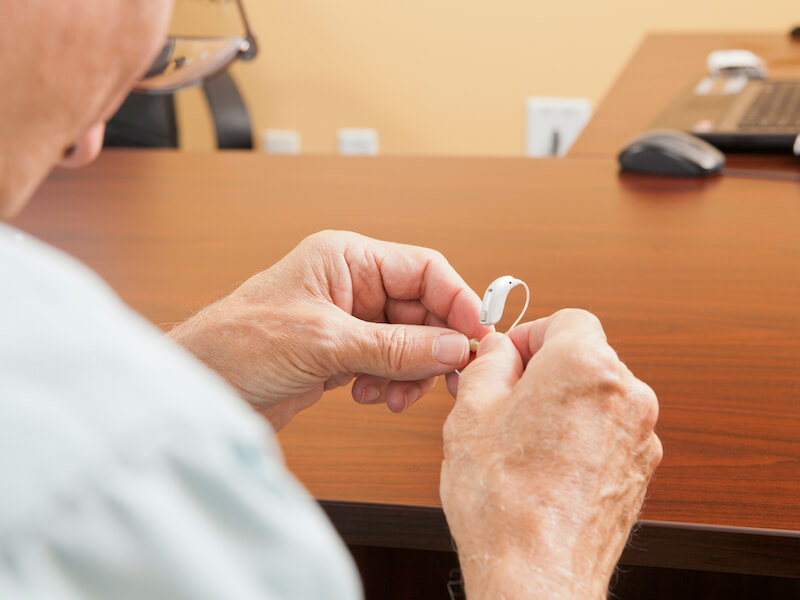
You go out of your way to make sure your hearing aids are well taken care of. Cleaning them every day, you make sure they are safe and snug on their charger when you go to sleep.
Suddenly and distressingly, your hearing aids are no longer working the way they used to. Fortunately, there are a few steps you can take to troubleshoot the problem. Just remember: your number one job is to avoid damaging your hearing aid further (or you may need to replace them).
Hearing aid troubleshooting
Of course, when you first got your sweet new hearing aids, you made a point of putting the owner’s manual in a safe place. Hopefully, you did so that you can consult with your owner’s manual to undertake maintenance and troubleshooting. Following your owner’s manual is essential because every model of hearing aid is different.
Here are some things you can check on most models:
- Keep your microphone clear: Look for anything obstructing the microphone of your hearing aid. An obstructed microphone can create feedback or can cause your hearing aids to sound broken or silent.
- Look for noticeable damage: Do you notice any visible cracks or loose components around the shell of your hearing aid? Cracks, clearly, could suggest more significant damage (or allow in moisture).
- Wax buildup: Make sure there is no wax on your hearing aid by giving it a visual inspection. Wax can build up quickly even if you clean your hearing aids regularly so make it a point to double check.
- Check your battery: Even if you know your hearing aids spent the night on the charger, you’ll want to double-check the battery power. It might be a good idea to check if you might need new batteries or if the old ones are correctly inserted, especially if your batteries are replaceable.
Again, check with your owner’s manual on how you might address each of these issues. Self-maintenance is sometimes possible.
How will I know when my hearing aid needs repair?
If your hearing aid keeps malfunctioning after you’ve performed basic maintenance and troubleshooting, it’s likely that your hearing aid will have to be professionally repaired. You need your hearing aids for nearly every facet of your life so this may not sound very appealing.
You won’t automatically be without your hearing aid for extended periods of time just because it needs to be repaired. Sometimes, we can fix it in office and you can take it with you when you leave.
Or, you’ll be able to take your hearing aids in for professional help and have them back in a matter of a few hours (this, obviously, depends on the degree of the damage, all the more reason to get your devices in for repair as soon as you can).
There are still some instances where such fast repair is not possible. A backup pair of hearing aids might be required in these cases. Perhaps you have an old pair that will do temporarily in a pinch. We may even be able to loan you a pair while you are waiting.
Get help with your hearing aids without delay
If the audio quality is starting to falter, it’s essential to get your hearing aids assessed and repaired.
Any amount of downtime needs to be avoided. Untreated hearing loss can affect your overall health, including your mental health. And it becomes all too easy to leave your hearing aids laying in a drawer somewhere while your hearing continues to deteriorate.
Keeping those hearing aids in good working order is the secret to keeping your hearing healthy. Keeping them charged, clean, and when necessary, professionally repaired is the best way to do that.